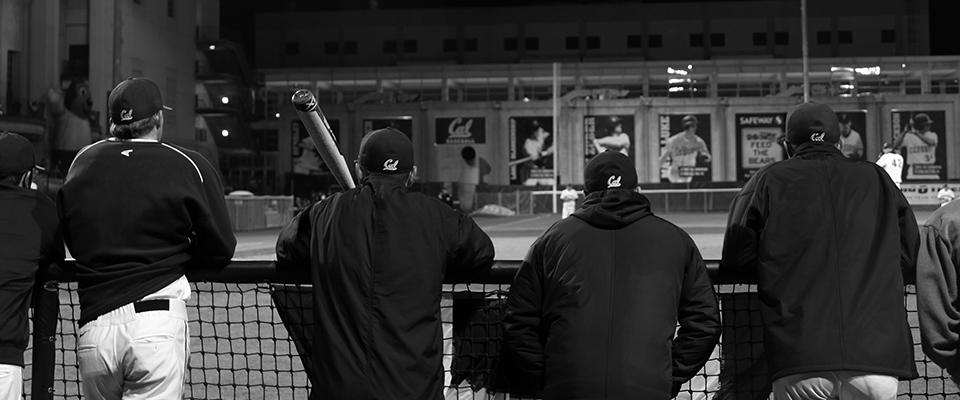For three centuries, the largest bell in the world has stood silent in Moscow, unable to be rung. But this weekend—thanks to 21st-century computer wizardry—crowds visiting the Cal campus will be among the first to hear it.
Well not it, exactly. But a team of scholars and musicians from UC Berkeley and elsewhere devised a method, using computational modeling, to simulate the unique tones of Russia’s 200-ton Tsar Bell, bringing to life one of the most iconic musical artifacts of Western history. Like a larger version of its also-cracked American cousin, the U.S. Liberty Bell, Russia’s broken behemoth now lies dormant, existing primarily as a tourist attraction.
For Cal Day this year, the computer-simulated Tsar Bell tones will be loaded onto a special keyboard, allowing the simulated bell to play in duet with the Campanile’s carillon. Extra speakers at the tower’s base will pump the unique sound into the Esplanade, which will be thrumming with the live music composed by Berkeley carillonist Jeff Davis, Stanford carillonist Chris Chafe, and sound artist DJ Spooky.
“The compositions are going to be pretty dynamic—very rhythmic and intense, as opposed to normal carillon music,” says Greg Niemeyer, director of the Berkeley Center for New Media and a collaborator on the project.
The history of the Tsar Bell is itself intense; as the Russians discovered, casting a massive bell is a remarkable engineering feat in itself, not to mention figuring out how to hang and ring the bell safely. In fact, the current Tsar Bell is actually its third incarnation—the original model was 100 tons, completed in 1600, but fire destroyed it, as well as a replacement fashioned from its remains. The first alone took 24 people to ring, and the Russian royals made each successive attempt even bigger.
As the delays mounted, the Russian people began to concoct myths about the seemingly cursed bell: If ever rung, it would shatter buildings. Rupture human organs. Signal a coming apocalypse.
But Empress Anna Ivanovna was undeterred. She not only commissioned a third generation of the bell, but succumbed to delusions of grandeur and doubled the size to 200 tons. The top architects and engineers in all of Europe were unconvinced it was do-able: French and German artisans passed on the project. So it went instead to a native Russian father-son team, Ivan and Mikhail Motorin, who dug a reinforced ditch in Ivanovsky Square to hold the construction. By 1735, the new bell was cast, even larger with an added ton of gold and silver—and ornately adorned with depictions of Empress Anna, the Virgin Mary, and Jesus Christ.
Perhaps predictably, fire struck once again. This time workers, scrambling to save the bell from fire damage, doused it with water, which unfortunately cooled and cracked an 11-ton chunk out of the instrument, ending construction.
In the 19th century, a conquering Napoleon tried to take the Tsar Bell home to France as a trophy, but it was too unwieldy for his bedraggled troops to haul. Restorations ceased after the bell was hoisted onto its current Kremlin pedestal in 1836. It seemed destined to never be heard by human ears—until now.
The Tsar Bell Simulation is a project by Davis, Niemeyer, Center for New Music and Audio Technologies director Edmund Campion and visiting filmmaker/video artist Olya Dubatova, all of Berkeley, as well as collaborators from Stanford and the University of Michigan.
The Tsar Bell Simulation will play on Friday and Saturday. Also at 10 a.m. Saturday, collaborators will host a panel discussion, at which they’re to discuss the technical challenges, political histories, and creativity that went into the project.





















